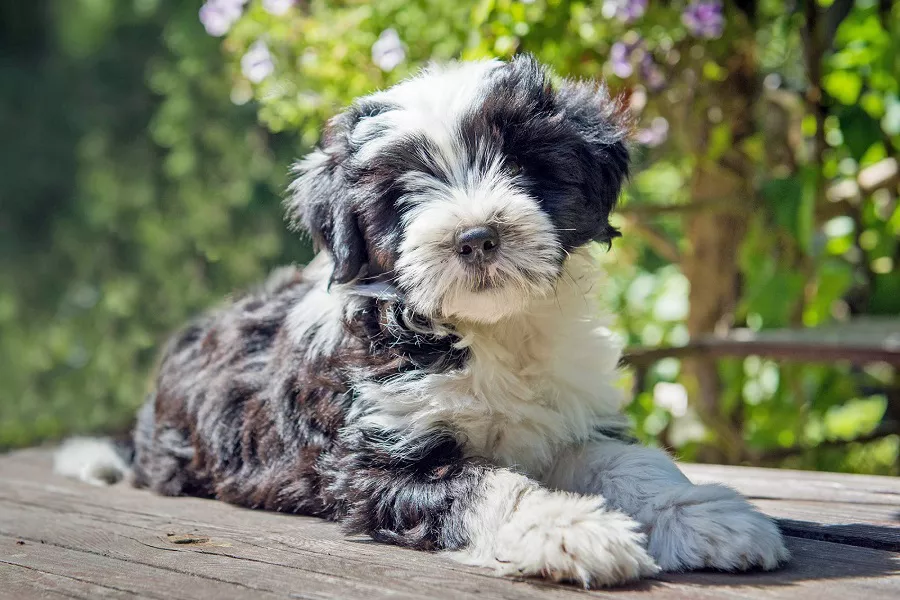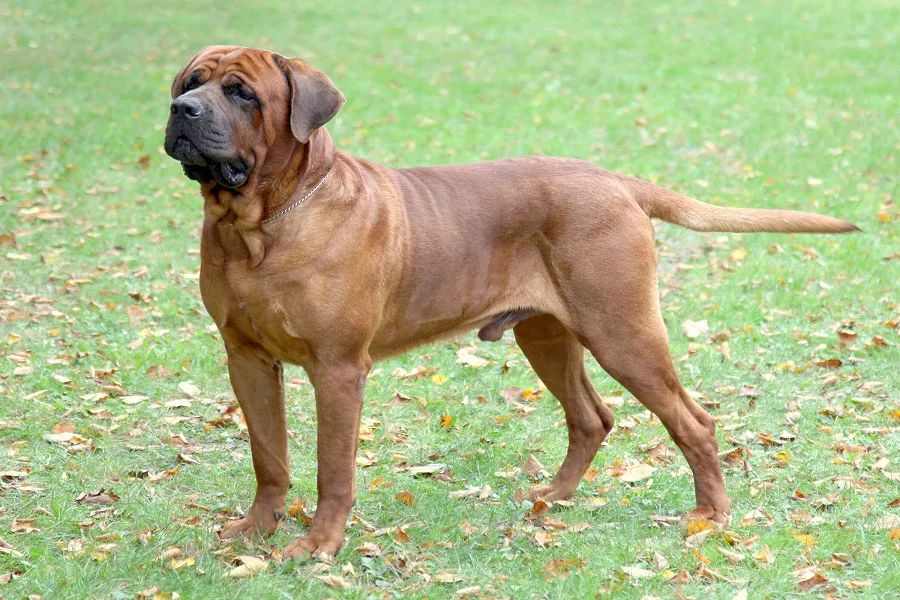What is tibetan spaniel?
The tibetan spaniel is an ancient breed that originated in Tibet, China, and is also known as the Tibetan dog, court dog, and prayer dog. The tibetan spaniel, commonly known as the “sleeve dog”, is native to Tibet in the Himalayas. It is one of the ancient dog breeds in China and an excellent dog breed with a mysterious color. Later, it was introduced to the capital from Tibet and raised in the imperial palace of the Qing Dynasty, so it is also called a court dog. Independent and confident, this dog is a satisfying companion dog.
What does tibetan spaniel look like?
Double coat, silk texture. The hair on the face and front of the legs is smooth, and the hair on the body is of medium length, but lying flat on the body. Delicate feathering on the back of the ears and legs, longer hair on the tail and rump. The neck has an abundant “mane” or “shawl” with long hair, more pronounced in males than females. The feathers between the toes extend to the feet. Be careful not to over exaggerate the coat, females have less coat and mane than males. Display: In the competition, the basic image of Tibet Geng is that the coat has not been changed, and the coat is naturally lying on the body without combing, slitting or styling. Trimming, shaving or artificially altering the coat will result in severe penalties and exclusion from the competition. The coat is too long to show a rectangular shape during the day, or the coat is too dense. Various colors and mixtures.
tibetan spaniel living habits
tibetan spaniel belongs to the order Carnivora taxonomically. The ancestors of tibetan spaniel mainly preyed on small animals, and occasionally fed on tubers. After being trained by humans, tibetan spaniel changed its diet and became a carnivorous omnivorous animal, but a vegetarian diet can also sustain life. Even so, they still maintain the characteristic of carnivorous digestion. For example, the teeth of tibetan spaniel have a pair of sharp canine teeth up and down, which reflects the characteristics of carnivores that are good at biting their prey, and the molars of tibetan spaniel are also relatively sharp. , Strong, can cut food, when gnawing bones, the pressure between the upper and lower teeth can reach 165 kg, but it is not good at chewing. Therefore, tibetan spaniel is really “gobbling” when eating, with little chewing. There are abundant striated muscles on the esophagus wall of tibetan spaniel, and the vomiting center is developed. After eating poison, it can cause a strong gag reflex and expel the poison swallowed into the stomach, which is a relatively unique defense ability. The salivary glands of tibetan spaniel are well developed, which can secrete a large amount of saliva, moisten the mouth and feed, and facilitate chewing and swallowing.
tibetan spaniel rearing
① Feeding the dog should be timed, quantitative, and fixed. Timing can develop the dog’s timed conditioned reflex, secrete gastric juice, increase appetite, and promote digestion and absorption. Generally, adult dogs are fed twice a day, once in the morning and once in the evening, and can be fed a little more at night. Dogs under 1 year old should be fed 3 times a day; dogs under 3 months old should be fed 4 times a day; puppies under 2 months old should be fed 5 times a day. The dog’s food pattern can be refurbished, but the quantity should be relatively stable. The feeding location can be inside or outside the kennel, but the dogs are generally fed in the kennel. The purpose of a fixed location is to keep the environment relatively stable and easy to manage. Some dogs will refuse to eat and lose their appetite when they change feeding places.
②Except in summer, it should be fed with warm feed. The temperature of the feed should preferably be around 40°C, not too cold or overheated; cold food can be fed in summer, and the feed must be heated in winter, preferably at 35°C About C, the following is suitable for hot hands. If the feed is too hot, it will not only affect the appetite, but also burn the dog’s teeth; if the food is too cold, it is easy to eat bad stomach.
③The food utensils of each dog should be fixed and do not use them indiscriminately. When feeding multiple dogs, pay special attention not to change the dog food bowls to prevent the spread of diseases. Wash them after feeding, and boil them regularly to sterilize them. Dogs have very regular lives, so it’s best to position them for meals.
④ When feeding, pay attention to observe the dog’s eating situation. If there is leftover food or no food, find out the reason and take timely measures. The leftover feed is taken away immediately, and cannot be left for a long time to be eaten by the dog at any time.
Reminder: For more knowledge about dog feeding, dog training, dog grooming, dog breeding, please pay attention to: mtedr.com, providing you with different kinds of dogs.

























